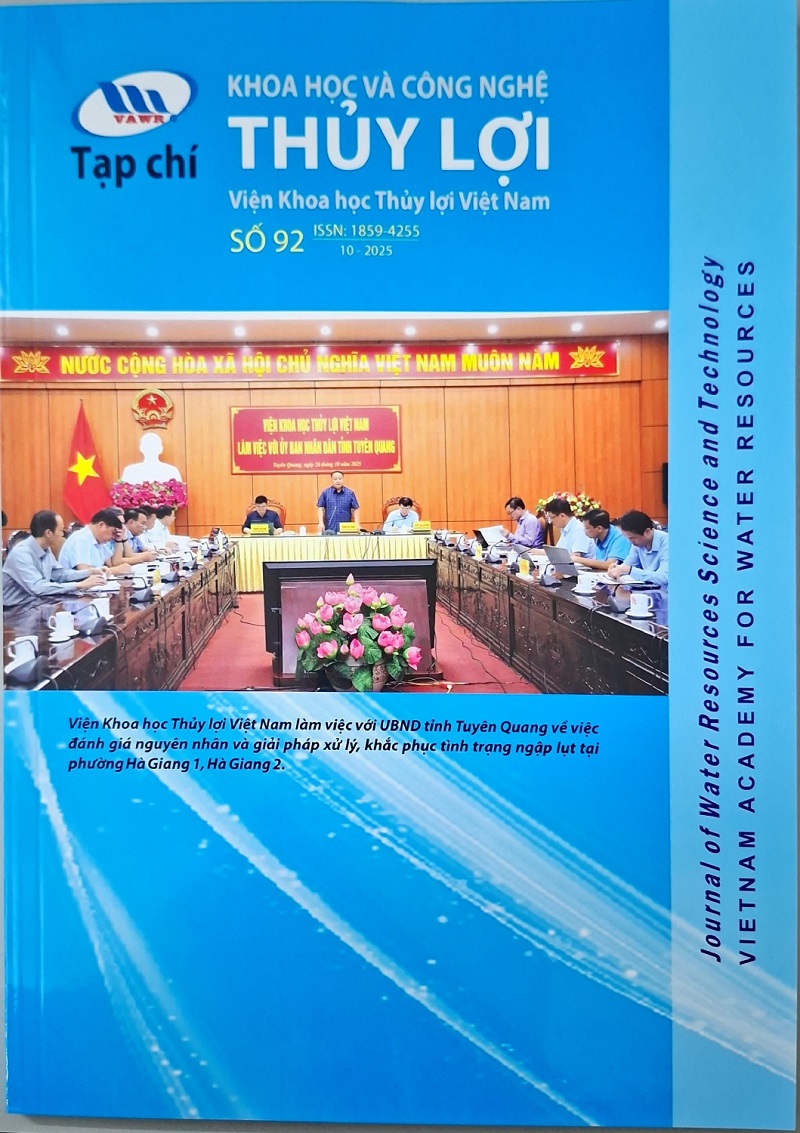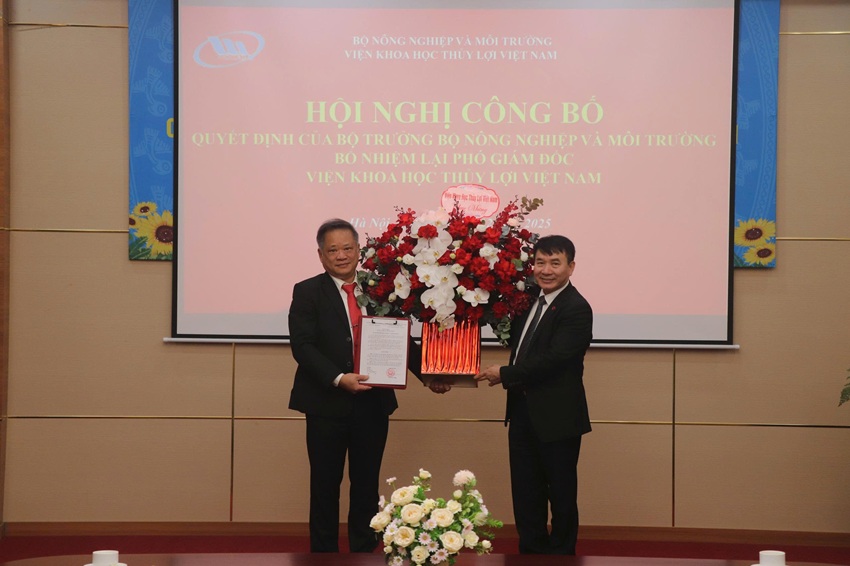Novel design of amine and metal hydroxide functional group modified onto sludge biochar for arsenic removal
10/01/2024This study involved novel-designed sludge biochar (SB) adsorbed for arsenic removal with lower operating costs and higher adsorption effi-ciency properties. Generally, biochar only relies on micropores for pollutant adsorption, but physical adsorption is not highly efficient for arsenic removal. Therefore, in order to improve the removal efficiency of arsenic by SB, diethylenetriamine (DETA) and FeCl3 were used in this study to modify the surface of SB by an immersion method. The objectives of this research are to obtain optimum operation conditions by assessing the effect of different Fe content, pH and initial concentration on adsorbing arsenic. This study is the first to use Density Func-tional Theory (DFT) to simulate and verify the adsorption mechanism of arsenic by SB. Results showed the presence of amine/iron oxyhydroxides functional groups greatly promoted SB surface activity and its arsenic adsorption potential. The surface area, pore volume and pore size of the SB were estimated to be 525 m2 g-1 , 0.35 cm3 g-1 and 8.71 nm, respectively. The DFT model result is the same as the result of arsenic adsorption performance with high adsorption energy (-246.3 kJmol-1) and shorter bond distances (1.42 Å), indicating strong chemical adsorption between arsenic and material. The reaction mechanism is divided into four pathways, including oxidation-reduction, complexation, electrostatic adsorption and pore adsorption.
HIGHLIGHTS
• Novel design of amine-metal hydroxide group composite material.
• Composite material has lower costs and higher adsorption efficiency.
• This study is the first to use Density Functional Theory (DFT) to simulate and verify the adsorption mechanism of arsenic by sludge biochar.
• The adsorption mechanism of iron oxyhydroxides functional groups and arsenic was used density functional theory.
• Composite material has four adsorption pathways.
INTRODUCTION
MATERIALS AND METHODS
Preparation of SB
Preparation of Fe-SB-DETA
Materials characterization
Adsorption performance assessment
Adsorption kinetics
DFT model and computation detail
RESULTS AND DISCUSSION
Characterization of materials
As(III) adsorption capacity with Fe-SB-DETA
Mass balance experiment
Adsorption kinetics
Adsorption configurations of arsenic on Fe-SB-DETA
Mechanism discussion of arsenic adsorption on 8%Fe-SB-DETA
CONCLUSIONS
DATA AVAILABILITY STATEMENT
REFERENCES
——————————————————————————————————————
► See detail: Novel design of amine and metal hydroxide functional group modified onto sludge biochar for arsenic removal
Chih-Kuei Chen a, b , Nhat-Thien Nguyen c , Thuy-Trang Le d, Cong-Chinh Duong e, Cong-Nguyen Nguyenf, Duc-Toan Truong g and Chun-Hsing Liao h,*
a Department of Environmental Engineering, National I-Lan University, Ilan 26047, Taiwan, China
b Continental Water Engineering Corporation, Taipei 10608, Taiwan, China
c Department of Chemical Engineering and Biotechnology, National Taipei University of Technology, Taipei 10608, Taiwan, China
d Faculty of Environment and Chemical Engineering, Duy Tan University, Da Nang 500000, Viet Nam
e Southern Institute of Water Resources Research, Ho Chi Minh 700000, Viet Nam
f Faculty of Chemistry and Environment, Dalat University, Dalat 66100, Viet Nam
g Dalat Nuclear Research Institute, Dalat 66100, Viet Nam
h Infectious Disease Divisions, Far Eastern Memorial Hospital, New Tai-Pei 22060, Taiwan, China
*Corresponding author. E-mail: liaochunhsing@gmail.com
Water Science & Technology Vol 85 No 5
Ý kiến góp ý:









